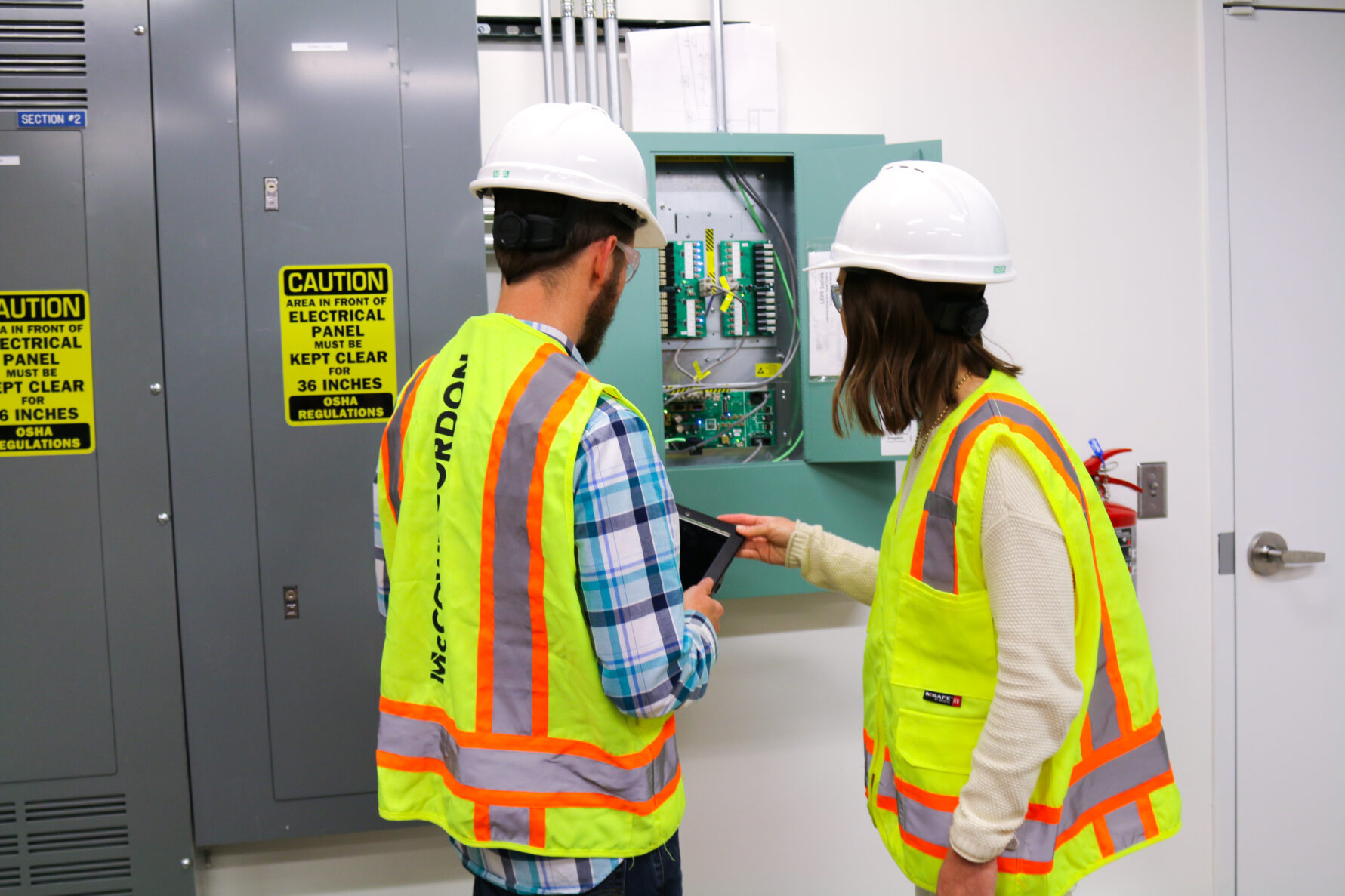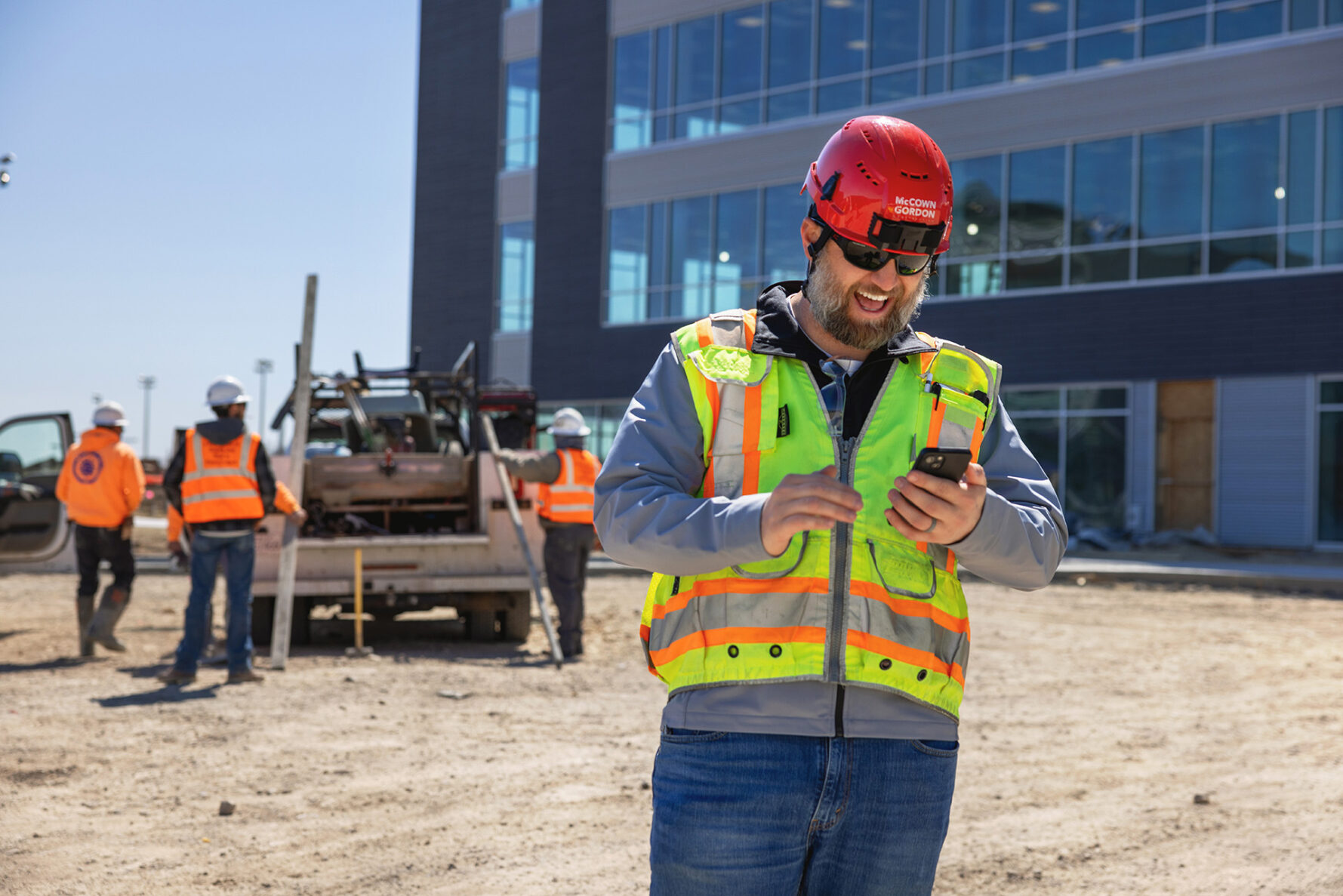Planning for flexibility in the future
Cowritten by Pulse Design Group
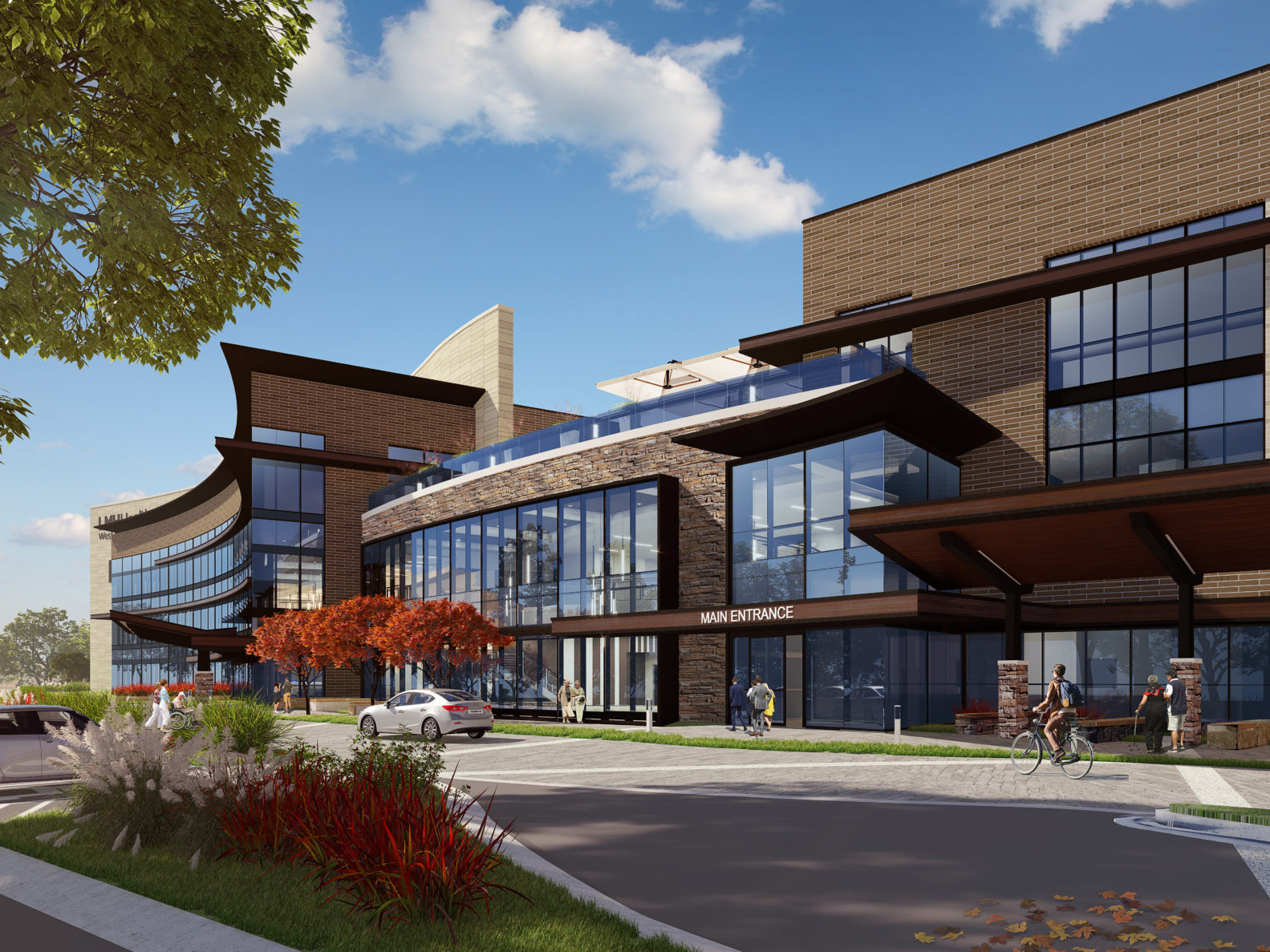
As health systems face population changes, shifts in the community needs, and rapid advances in technology, hospitals leaders recognize the importance of operating within a flexible and nimble facility. Community health crises, such as a pandemic, affect the way a hospital operates by increasing specific department populations while decreasing or converting others. In addition to community health crises, hospitals must remain flexible as medical equipment and IT infrastructure is constantly updating and evolving. The issue of flexible healthcare spaces has been amplified by the COVID-19 pandemic and a reminder of just how rapidly healthcare design must evolve over time.
When renovating an existing facility or building ground-up, it is best practice to plan ahead when the architect and construction team are at the table. This saves time and money and minimizes costly future upgrades. Pulse Design Group and McCownGordon Construction teamed up with LMH Health to provide a new flexible campus designed to guide the organization for the future.
The following sections describe several aspects of planning for the future by enhancing flexibility.
Site(s) Selection
Selecting the right site is critical to serving the existing population and providing ease of access and visibility of the health system. Site develop costs, utility infrastructure, and how a site is master-planned for future growth (vertically and horizontally) are crucial factors of site selection.
When planning for the LMH Health West campus site, Pulse Design Group and McCownGordon evaluated four different locations. Pulse Design Group mocked up each site, all with future growth possibilities, and McCownGordon provided estimating support through review of site topography, subsurface conditions, and utility infrastructure requirements. Once our team narrowed down the choices, we presented site selection options to LMH Health leadership, leading them through the pros and cons of each selection. LMH Health’s leadership understands the City of Lawrence’s growth and traffic patterns and with the help of Pulse Design Group and McCownGordon, selected a site prominent to the highway with easy access near West Lawrence, which is expected to see significant growth in the future.
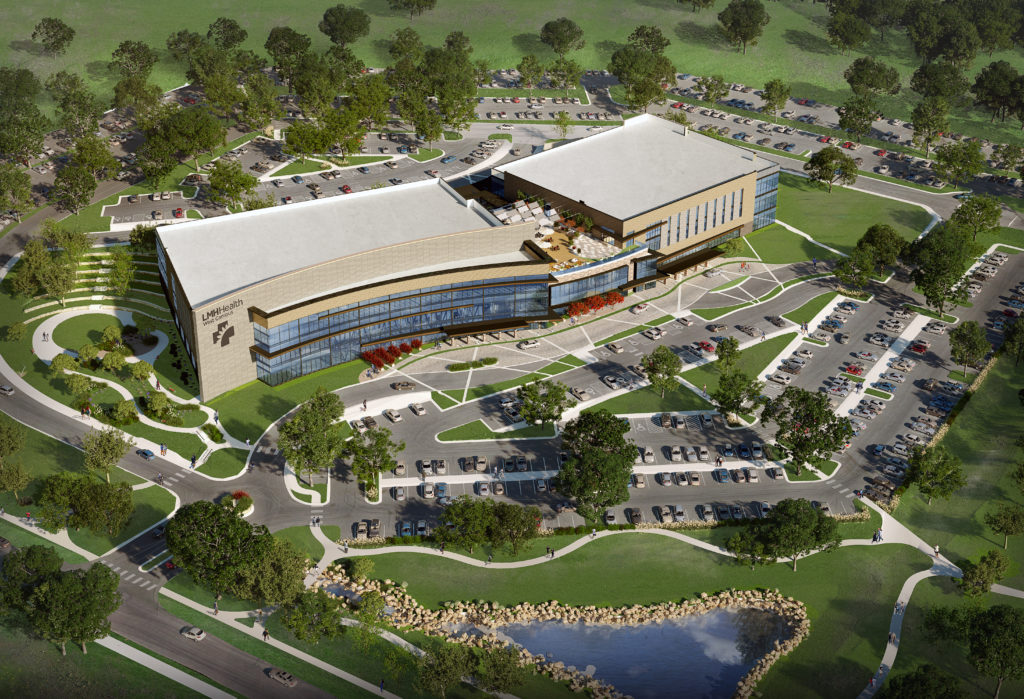
Structure
Designing and building a universal structural grid allows health systems to adapt to any modality. Essentially, a universal grid is designed to fit into healthcare facilities by laying out 33’x33’ bays. This model can easily convert to or accommodate inpatient rooms, surgery rooms, imaging equipment, outpatient exam rooms, or even research facilities.
According to Healthcare Design Magazine, the universal grid planning module comprises of an optimum set of vertical and horizontal dimensions for the structural bay of a building. This module has been used as the building block for prototypical designs of a wide range of healthcare facility uses including multi-acuity, inpatient nursing care, ambulatory care, wet-bench research, clinical research, offices, surgery, and interventional radiology.
The standardization of the universal grid can also save time and money due to the repetition of columns and beams.
Occupancy Ratings
Occupancy ratings refer to categorizing rooms based on usage according to building and fire code requirements. When designing a healthcare facility with flexibility in mind, the team considers what spaces can be converted from business occupancy to institutional and plans accordingly.
In order to achieve full functionality of potential future occupancy changes, the building must be prepared with necessary fireproofing, fire walls, smoke compartments, and emergency electrical distribution in place so they can be quickly and cost effectively, converted to ambulatory healthcare or healthcare occupancies.
Utility/MEP Infrastructure
IT Function and Capacity
Healthcare facilities rely on IT closet infrastructure to provide access to several vital technologies including electronic medical records, Wi-Fi, medical devices and equipment, digital imaging, nurse call systems and patient needs. When planning for future flexibility, our team considers additional space for IT closets. As hospitals continue to explore ways to reduce operational costs and improve the patient experience (patient-controlled everything), the data and low voltage systems will significantly expand. All the connections, even if through Wi-Fi, require additional IT infrastructure which requires larger IT closets and redundancy. Building in extra capacity allows rooms to meet future equipment and usage demands without interfering with hospitals operations.
Emergency Power
Another infrastructure consideration is investing in additional capacity for emergency power systems. Designing with future growth in mind can significantly reduce costs in the future. For example, upgrading a 1,000 kW generator (base price of $155,274.60) to 1,200 kW generator (base price of $170,802.06) at initial construction might be a premium of 10%, but a future expansion that requires additional emergency power may require a replacement or additional generator where cost could be 10-15x initial premium.
Medical Equipment Planning
Planning and coordination of medical equipment can be one of the biggest challenges of healthcare project. It requires detailed and accurate coordination of information between equipment vendors, hospital staff, architects, engineers, and contractors. Due diligence makes certain that each room is carefully designed and constructed to facilitate the spatial, structural, shielding, medical gas and electrical needs of the space. New technology and patient needs are constantly changing, and it is imperative the space is built to add equipment without a major remodel.
Medical equipment infrastructure should be designed to anticipate changes in patient volumes and usage. For example, with the number of bariatric patients increasing, facilities opt to install lift railings in all rooms even if they are not being occupied. Architects often increase the footprint of certain spaces to consider the need for bariatric beds and other equipment that may be needed. Even the size of corridors and door openings in spaces where technology is constantly advancing are right sized to ensure a smooth delivery and installation path for these large pieces of equipment.
Along with space requirements, dead load structural requirements are just as important for planning evolving healthcare spaces. For example, if an Imaging department is anticipated to grow and an MRI may be added in the future, then the structural system should be designed accordingly, as well as any elevated decks that which would need to support the travel path for MRI replacements. These costs are very minimal during initial construction but can be exponential if required after construction is complete.
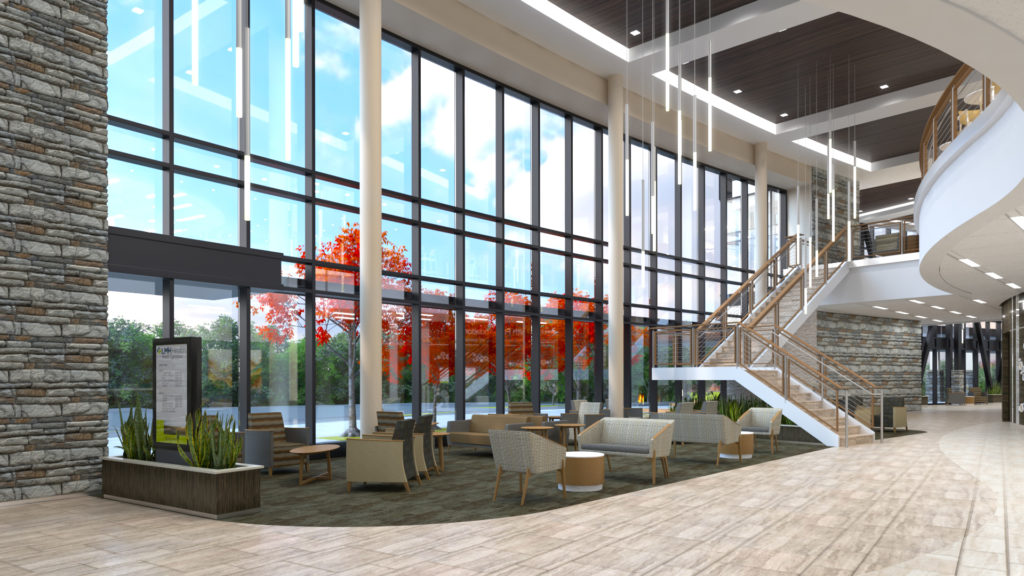
Flexibility of Rooms
The health needs of each community shift in response to population, natural disasters, and health crises. At the LMH Health West campus facility, Pulse Design Group and McCownGordon worked to prepare additional operating room spaces in case of a spike in the average number of surgeries and patient volume. A fifth operating room was “white boxed.” This term refers to a room being fully designed and constructed to operate, without adding equipment. When the volume justifies adding an additional operating room, the health system will purchase required equipment without any construction occurring until the room is operational. In the orthopedic department, the space is built in “pods” with a nurse station and associated exam rooms. Future pods were designed and then shelled for ease of completing the spaces with minor construction (water lines are run, etc.) as their volume of patients increases.
Pandemic Preparedness
Building flexibility into spaces for pandemic operations is top of mind throughout the industry. Some hospitals have been required to change every step for when a patient arrives, where care is delivered, and how staff and other patients are protected. Converting existing spaces in a time of crisis can be expensive, time consuming and challenging. In most circumstances, emergency preparedness boils down to the need for power, data and water. Whether these services are provided inside or outside the hospital, additional infrastructure can easily be added during initial construction or renovations. During the recent COVID-19 pandemic, many health systems set up temporary screening and exam spaces outside their hospitals in mobile trailers or tents which required power, water, temporary heat, and Wi-Fi connection. Power was from rental generators, water came in tanks and not tempered and wi-fi connections were spotty. All of these utilities could have been rough-in to an exterior wall and easily connected to the reliable hospital infrastructure.
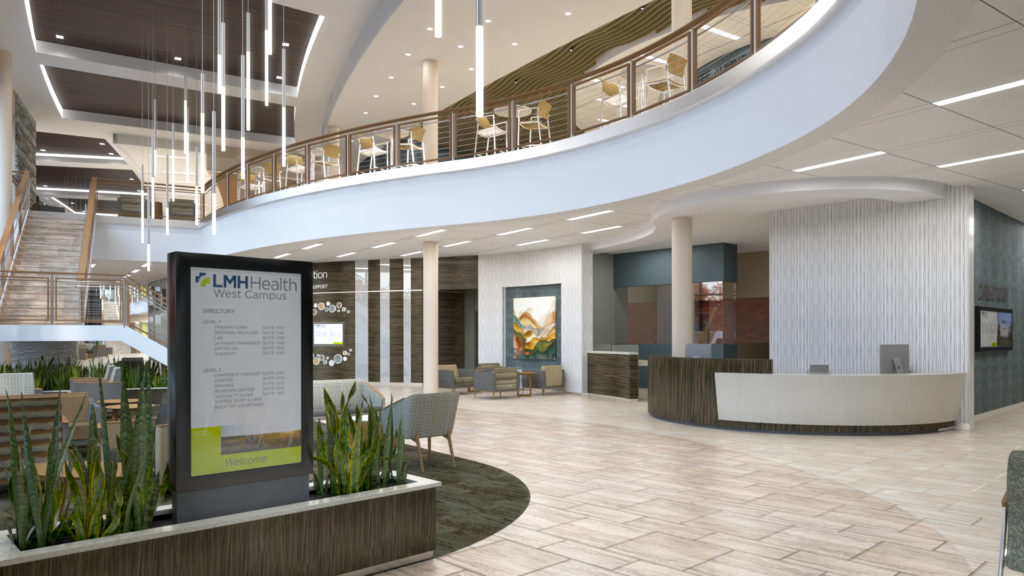
By taking these actions now, health systems can drastically reduce the chance of necessary and costly upgrades to their facilities. By planning ahead, your facility will easily transition to fit the needs of your community and respond to constantly evolving technology. We would love to talk more about this with you.
For architectural help:
For construction management help




